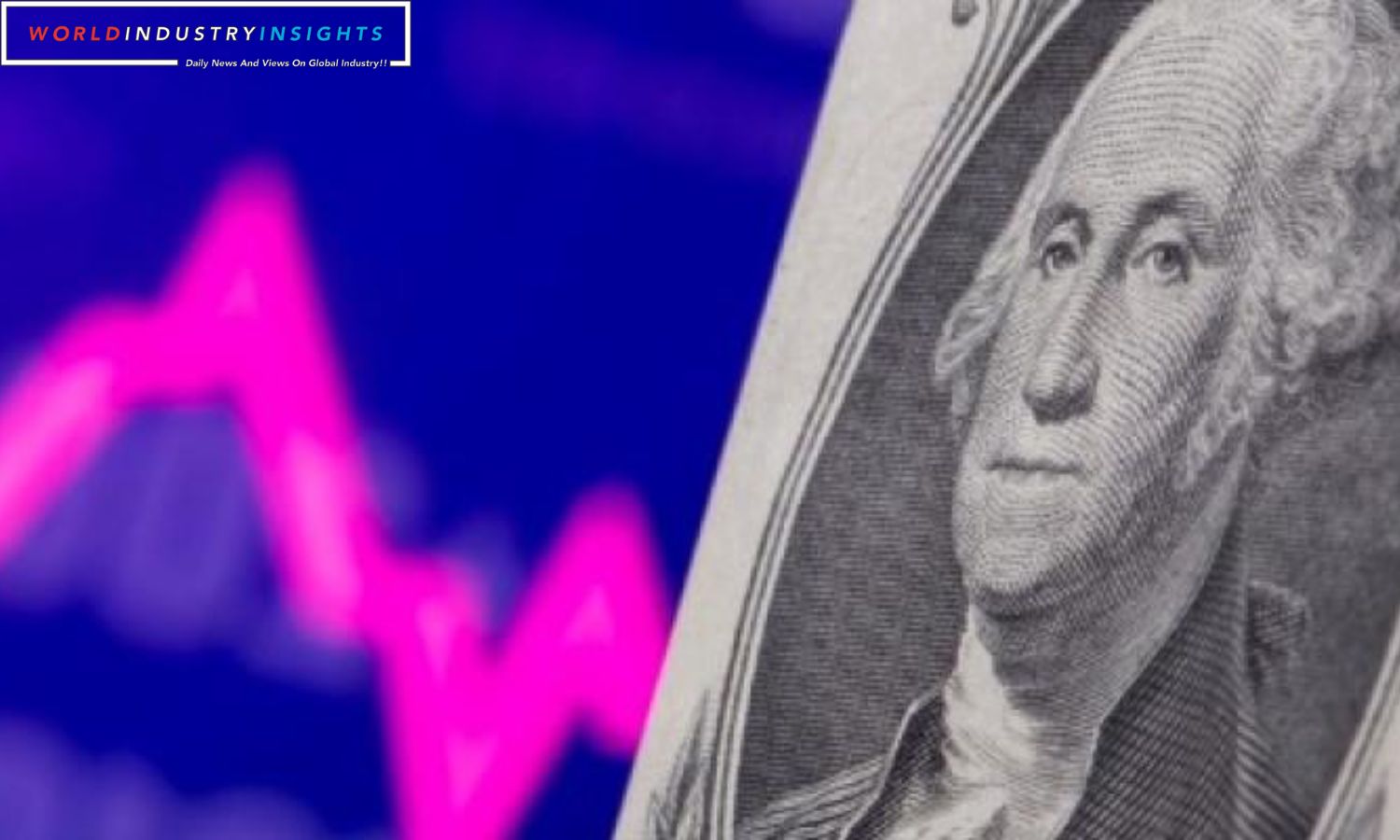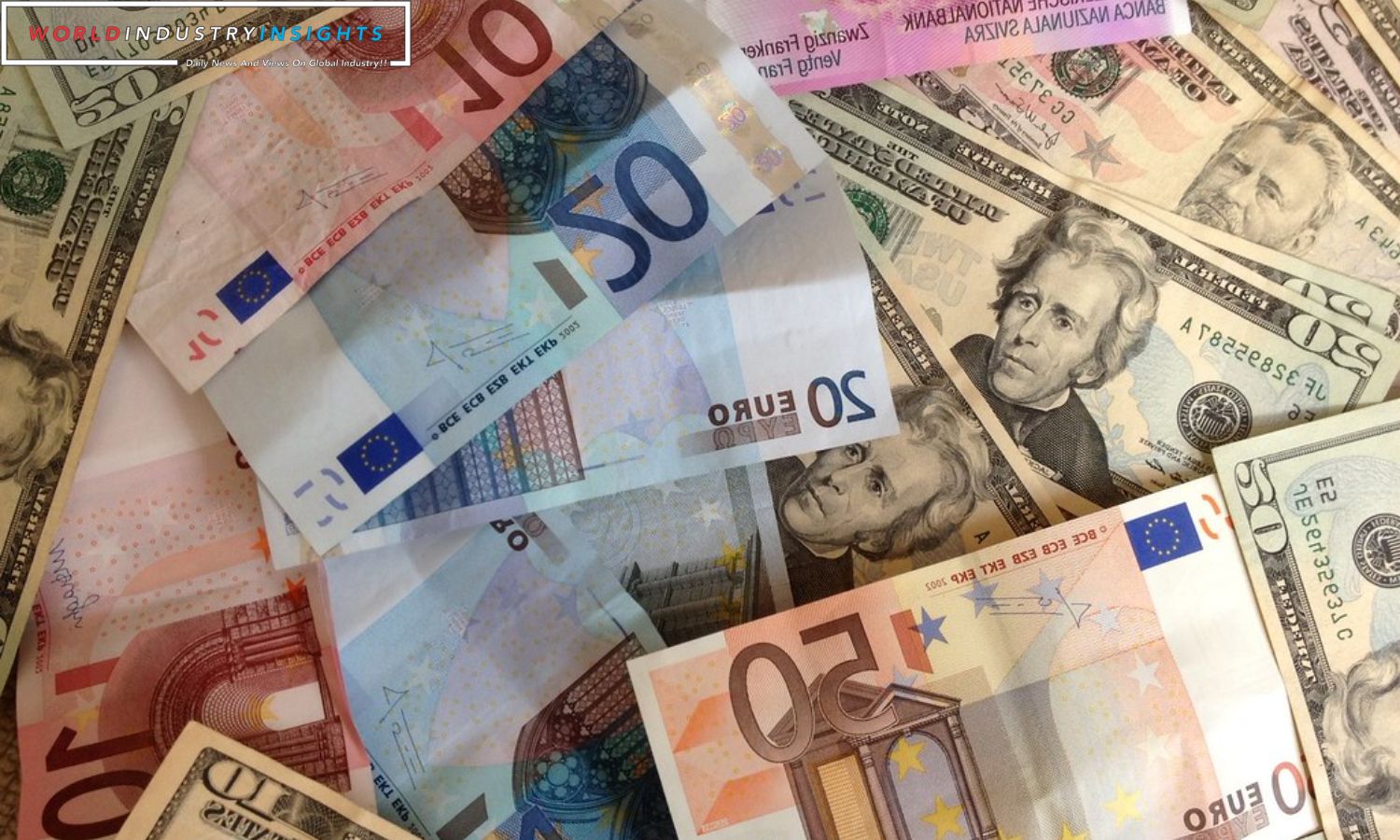Dollar Dips And Euro Resilient: In the intricate ballet of global currency markets, the dollar took a graceful step back, and the euro executed a subtle rebound after facing overnight turbulence. Traders, ever watchful of economic indicators, pondered softer inflation data from the United States and the eurozone, fueling speculations of a potential pause in interest rate hikes by both central banks.
Goldman Sachs, a maestro in financial predictions, added its notes to the composition, suggesting that the European Central Bank (ECB) might unveil its first rate cut in the second quarter of 2024, a shift from its earlier projection for a cut in the third quarter of the following year.
The spotlight shifted to the anticipated oratory of Jerome Powell, the conductor of the U.S. Federal Reserve, as investors eagerly awaited any cues about the future trajectory of interest rates in the U.S. The harmonies of currency movements were more subdued on this particular day, following the crescendos of month-end trades that injected volatility into the market.
Also Read: Dollar Dips to Three-Month Low Amidst Unwinding, Markets Anticipate Inflation Data
The U.S. dollar index, a symphony of the currency against six major counterparts, gently descended by 0.2% to 103.3, concluding its weakest monthly performance in a year. Meanwhile, in the euro zone, a medley of mixed economic data failed to compose a definitive tone. The euro, showing resilience, performed a modest uptick of 0.1% to $1.08990, while sterling, the British note in the ensemble, echoed a 0.3% rise at $1.26665.
The yen, a currency with a subtle but commanding presence, dipped 0.2% against the dollar, maintaining its trajectory for a third consecutive week of gains. This ascent marked a departure from the near 33-year low observed in mid-November, supported by mounting expectations of the Bank of Japan revising its ultra-easy monetary policy in the upcoming year.
In the world of cryptocurrencies, bitcoin continued to strike its chords, gaining 2.6% to reach a fresh 18-month high of $38,707. As the market orchestra navigates economic nuances and central bank orchestrations, traders remain attuned to the melodic movements shaping the global currency stage.
Our Reader’s Queries
Has the U.S. dollar appreciated or depreciated against the euro?
Despite the challenges faced in recent times, the dollar has managed to maintain its strength against the euro. This has made it an attractive option for foreign investors, who are drawn to the relatively higher interest rates offered by the U.S. market. As a result, the dollar continues to hold its own in the global currency market.
What happens if the value of the U.S. dollar declines in relation to other currencies?
When the dollar weakens, it can have both positive and negative effects. On one hand, imports become pricier, but on the other hand, exports become more appealing to consumers in other countries. Conversely, a strong dollar is great for imports, but not so great for exports.
Is the dollar getting stronger or weaker?
Over the past few months, the value of the dollar has increased. The Bloomberg Dollar Spot Index monitors the progress of 10 major global currencies against the U.S. dollar. It’s important to note that previous performance does not necessarily indicate future outcomes.
How does a strong dollar hurt other countries across the world?
When the value of the dollar goes up, it means that other currencies lose value. This can have negative effects on global trade and make it harder for countries with debt in dollars to manage their finances. Additionally, it can make these countries less trustworthy to lenders.


